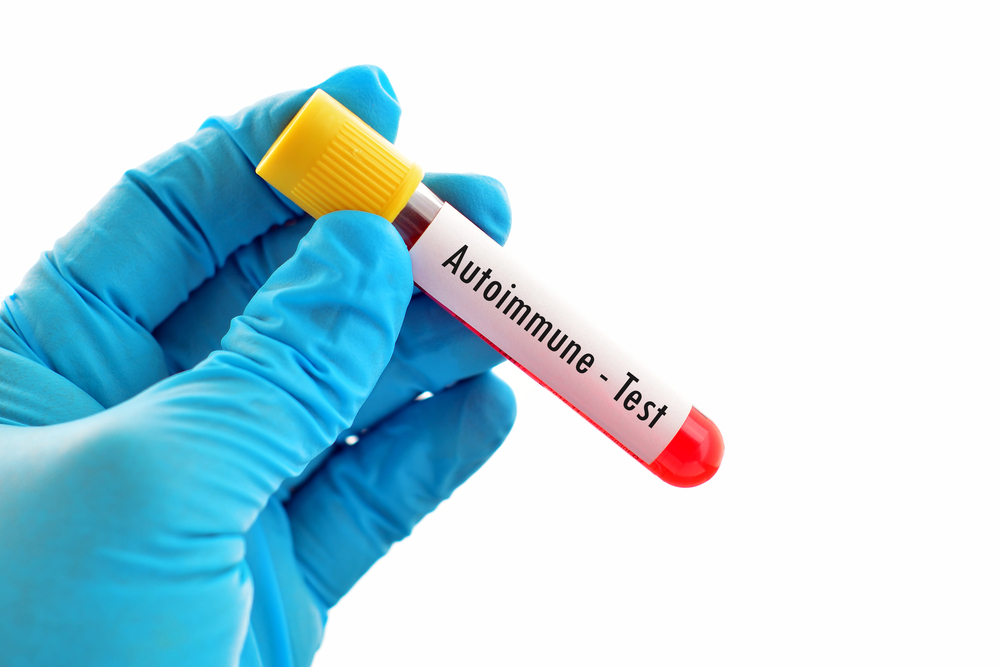#MSParis2017 – MOG-associated Demyelination Can Be Treated with Steroids, but Maintenance Is Required

People with a demyelinating disease associated with antibodies against a myelin oligodendrocyte glycoprotein (MOG), most often develop episodes of optic neuritis (inflammation of the optic nerve) that can be treated with corticosteroids, according to data presented today at the 7th Joint ECTRIMS-ACTRIMS Meeting from Oct. 25-28 in Paris.
MOG antibody-associated demyelination is a condition similar to multiple sclerosis, but appears to have specific features. Researchers have only recently shown that antibodies targeting MOG are responsible for some cases of demyelinating disease. But so far, there is little data on how these patients respond to treatment with immunosuppressive drugs.
Now, a team led by researchers from the Kids Research Institute at the Children’s Hospital at Westmead in Sydney, Australia, presented data from a study that followed 33 children and 26 adults with the condition over an average of five years.
The presentation was titled “The clinical course, therapeutic responses, and outcomes in relapsing MOG antibody-associated demyelination,” and was presented by Sudarshini Ramanathan from the Kids Research Institute.
Researchers noted that 54% of all patients developed optic neuritis as their first disease sign, with 32% having both eyes affected. The second most common sign of MOG-related demyelination was acute disseminated encephalomyelitis (inflammation in the brain and spinal cord), affecting 20% of the group and occurring exclusively in children.
Nearly half of the patients had no brain lesions when examined by magnetic resonance imaging (MRI).
Patients in the study responded well to treatment with steroids, but researchers noted that if given the steroid oral prednisone, a relapse followed in 70% of the episodes.
“Patients respond rapidly to steroids but frequently relapse on steroid cessation or reduction,” Ramanathan said.
This was particularly true if patients received less than 10 mg prednisone per day, or if the steroid was tapered over a shorter time than six weeks.
Various types of anti-inflammatory or immune suppressing or modulating drugs reduced relapse rates, including when prednisone was used as a maintenance treatment.
Other therapies used were intravenous immunoglobulin (IVIg), rituximab, and mycophenolate, but maintenance prednisone was linked to the lowest rate of treatment failure.
The research team also noted that if they switched treatments in patients who failed to respond to the first treatment, it reduced relapse rates.
Over the study period, 59% of the patients experienced lingering disabilities, with one-fourth having loss of vision.
Disability became greater with more demyelinating episodes. Those with three or more episodes were more likely to have a worse Expanded Disability Status Scale (EDSS) score (a measure of disability).
“Early recognition, appropriate treatment, and prevention of relapses is essential to optimize outcomes in this increasingly recognized condition,” Ramanathan concluded.






